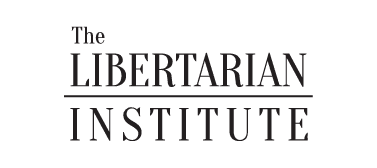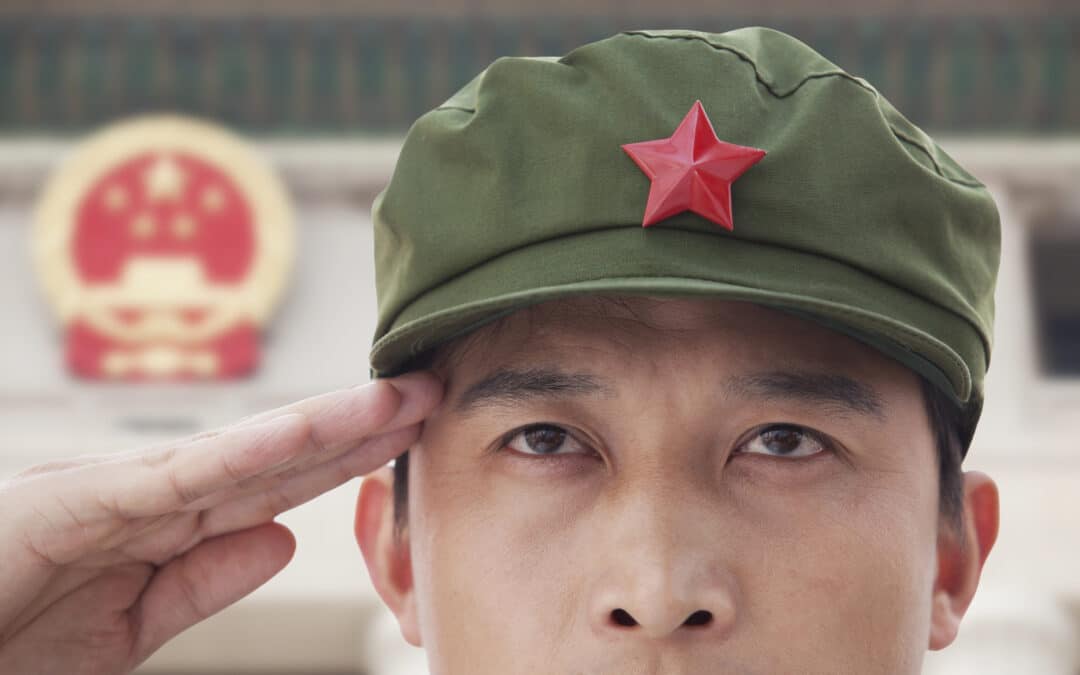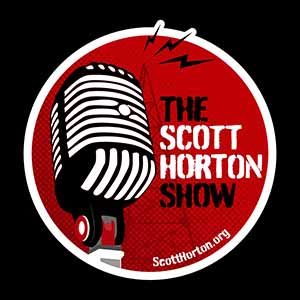As 2025 draws to a close, the Department of Government Efficiency (DOGE)—the much-hyped initiative led initially by Elon Musk and Vivek Ramaswamy—has quietly disbanded, eight months ahead of its scheduled sunset in July 2026. What began with bold promises of $1-2 trillion in annual spending cuts has ended not with a bang, but with a whimper: federal outlays reached approximately $7 trillion in fiscal year 2025, up from prior years, while the deficit held steady at around $1.8 trillion. No structural reforms to entitlements, no meaningful dent in the debt trajectory—all sadly predictable and,...

















